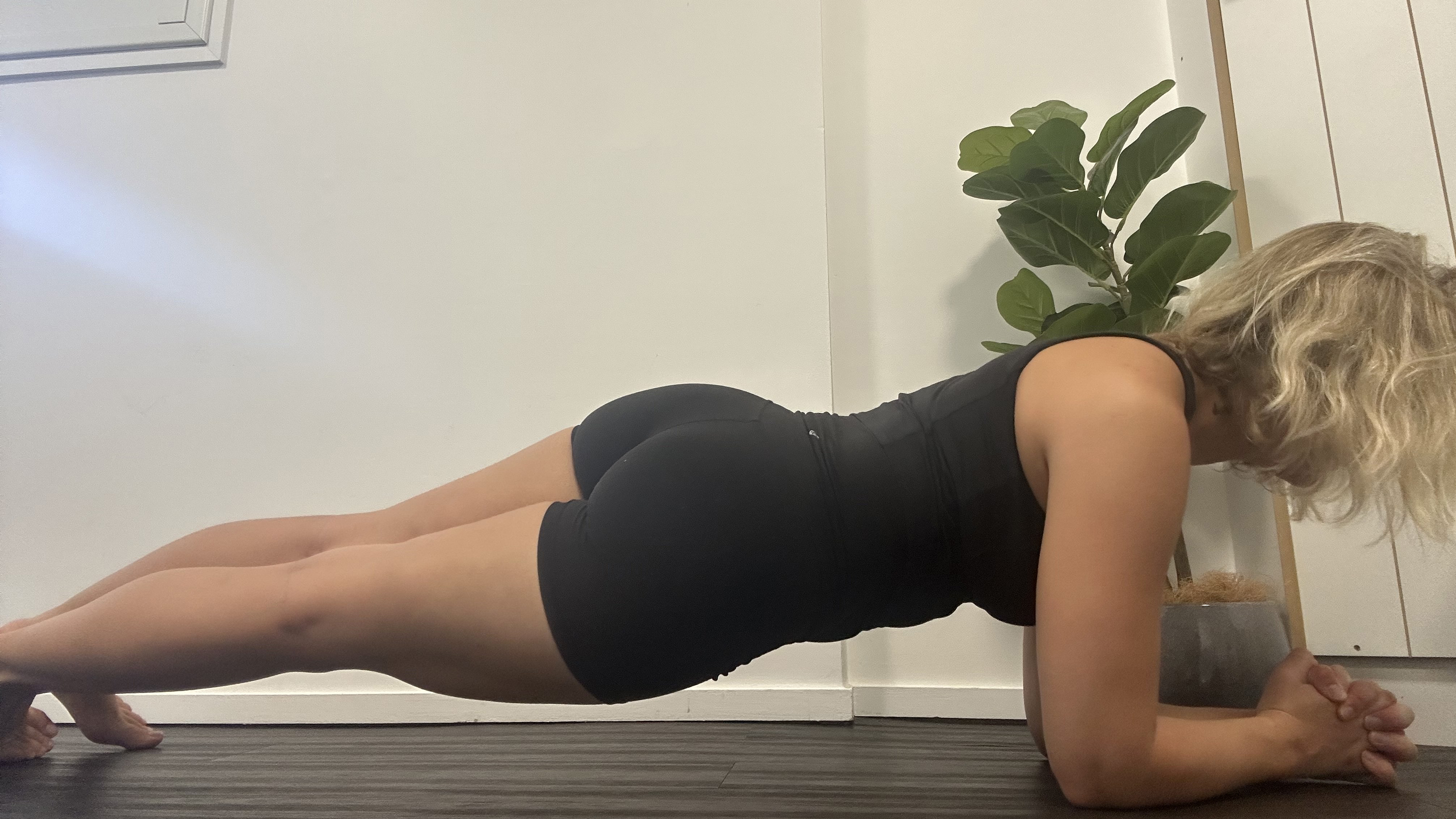Are planks the best way to build core strength? I put this eight-minute workout to the test to find out
The plank-based workout engaged my core, but I felt it more in my shoulders and arms

You've probably come across the plank exercise before. It's a popular movement that is particularly useful for strengthening the core, a group of mid-body muscles that play a role in balance, stability and spinal support.
There are many variations of the movement, including side planks, reverse planks, and fast-paced plank jacks. I usually stick with a classic plank, so I was intrigued by this plank-based routine from trainer Sophie Alecce that features eight different variations.
The sequence involves moving for 40 seconds and resting for 20 seconds. You can repeat the circuit for a longer workout, but I did it just once and that took eight minutes.
Watch Sophie Alecce's plank-based workout here and brush-up on your technique by reading through our piece on how to do a plank.
My results
My main surprise during this workout was that it didn’t fatigue my core as quickly as other muscle groups. As the routine involves switching between high and low planks positions, I felt it more in my shoulders and forearms.
That’s not to say it didn’t do anything for my core at all; I noticed that my hips started to dip when my muscles got tired, so I had to concentrate on re-engaging my core to make sure that I didn’t put any strain on my lower back.
I suspect that there are better ways to train your mid-body muscles, as I didn’t feel like it targeted every single muscle I had in the area. As such, I’m going to continue adding other moves, like bird-dogs and hollow holds, into my usual workouts.
Start your week with achievable workout ideas, health tips and wellbeing advice in your inbox.
Are planks the best exercise for core strength?
A plank is a good way of measuring your core strength. The longer you can hold a plank, the stronger your core. But that doesn’t mean you shouldn’t do other exercises to target your mid-body muscles.
"The planks train the core isometrically which is a good thing as it isolates it,” explains personal trainer Pippa Sealey.
"However it is important to move your core in different ways including rotationally and anti-rotationally so that you're training your core in different modes and through its full range of movement."
Planks also rely on your own bodyweight, so if you want to challenge your core with a heavier load you'll have to use dumbbells and try moves like standing marches or squats.
You don't need much to do this routine, but I'd recommend using a good yoga mat to cushion your forearms and elbows
Alice Porter is a freelance journalist covering lifestyle topics including health, fitness and wellness. She is particularly interested in women's health, strength training and fitness trends and writes for publications including Stylist Magazine, Refinery29, The Independent and Glamour Magazine. Like many other people, Alice's personal interest in combining HIIT training with strength work quickly turned into a CrossFit obsession and she trains at a box in south London. When she's not throwing weights around or attempting handstand push-ups, you can probably find her on long walks in nature, buried in a book or hopping on a flight to just about anywhere it will take her.